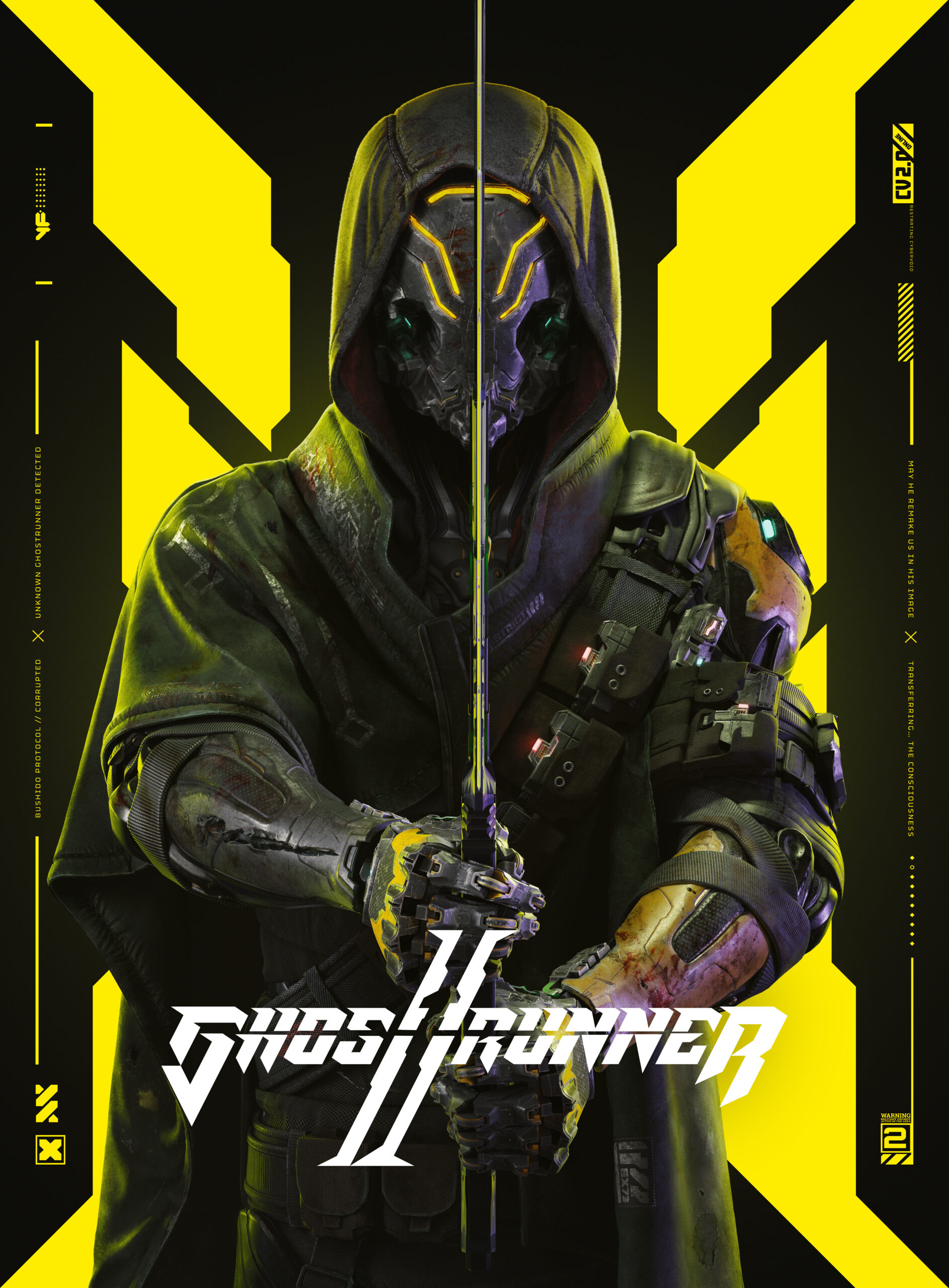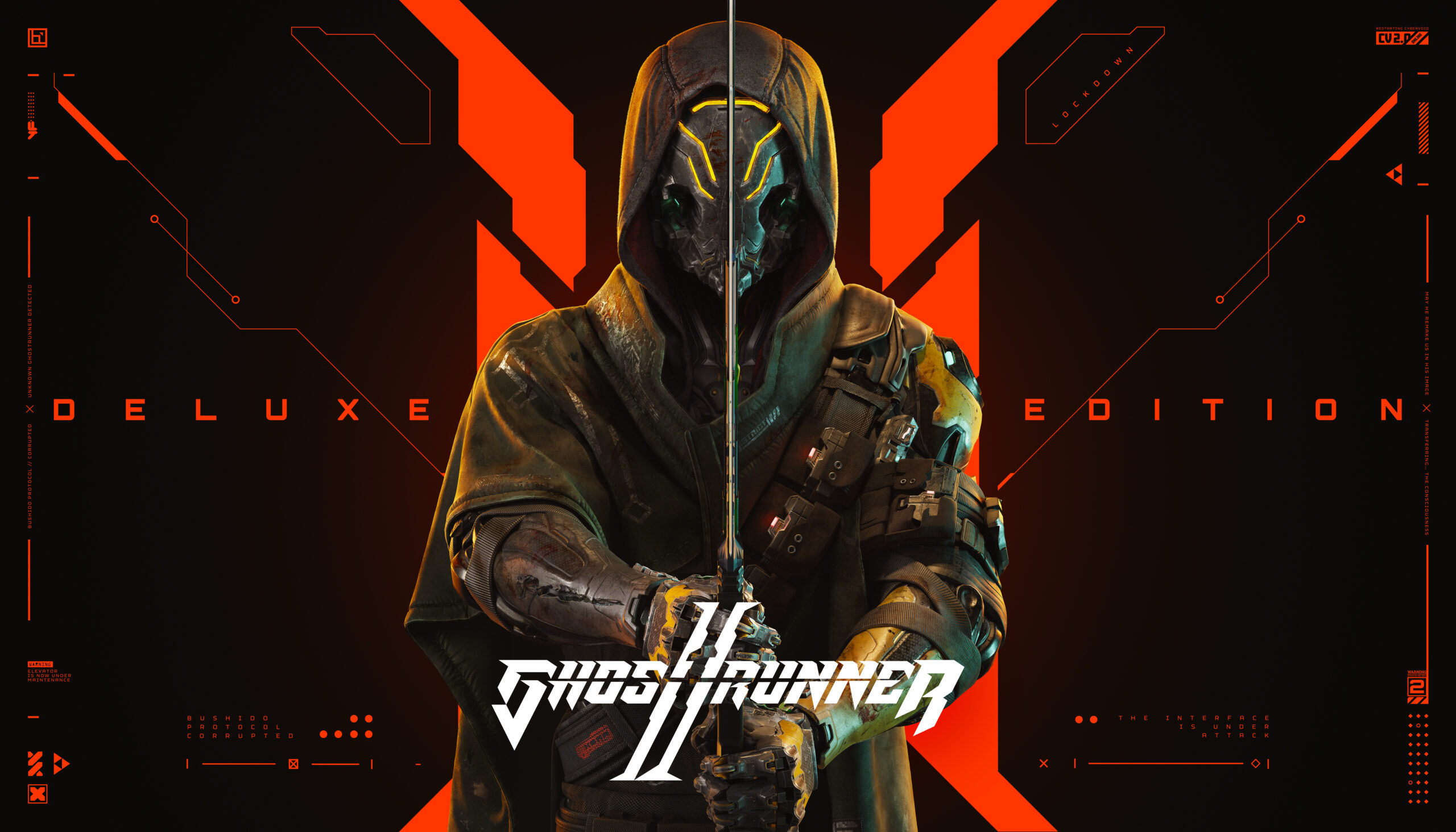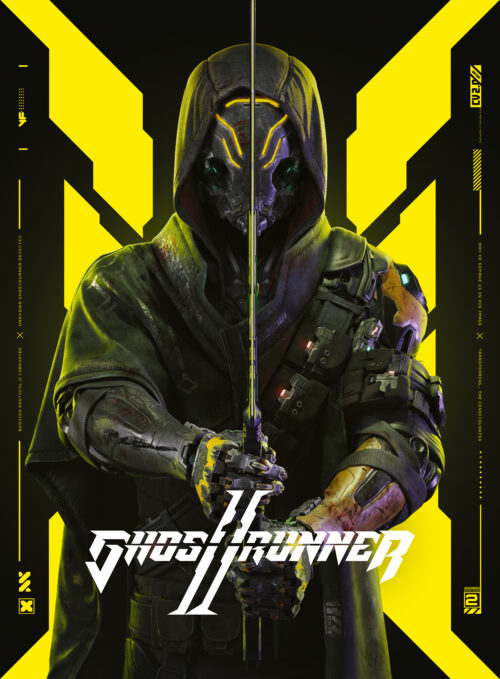Video games are finally back. Finally, we have another good 3D platformer that isn’t just a Nintendo game. I mean, those are great, but I want more. And so, our favourite AA-grade hack-and-slash ninja platformer is back with a sequel, with more hacking, more slashing, more ninja and a bike.
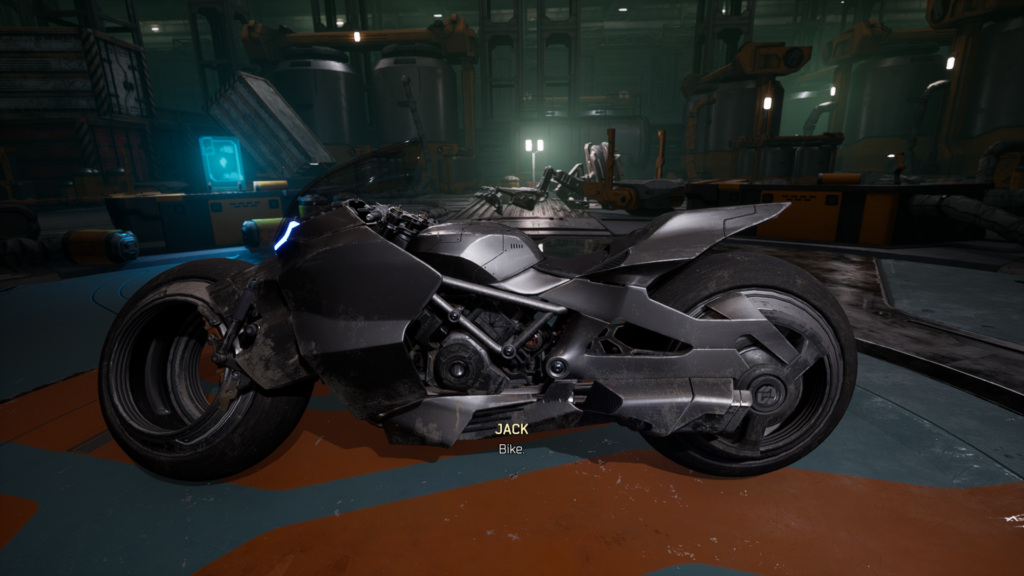
That’s right – Ghostrunner 2 is finally here. It’s still lightning fast, still oozing with atmosphere and still has a great soundtrack. Yes, it does look very similar to the first one – and yes, I can confirm it’s basically the same game but with more content and some much needed improvements – which is great.
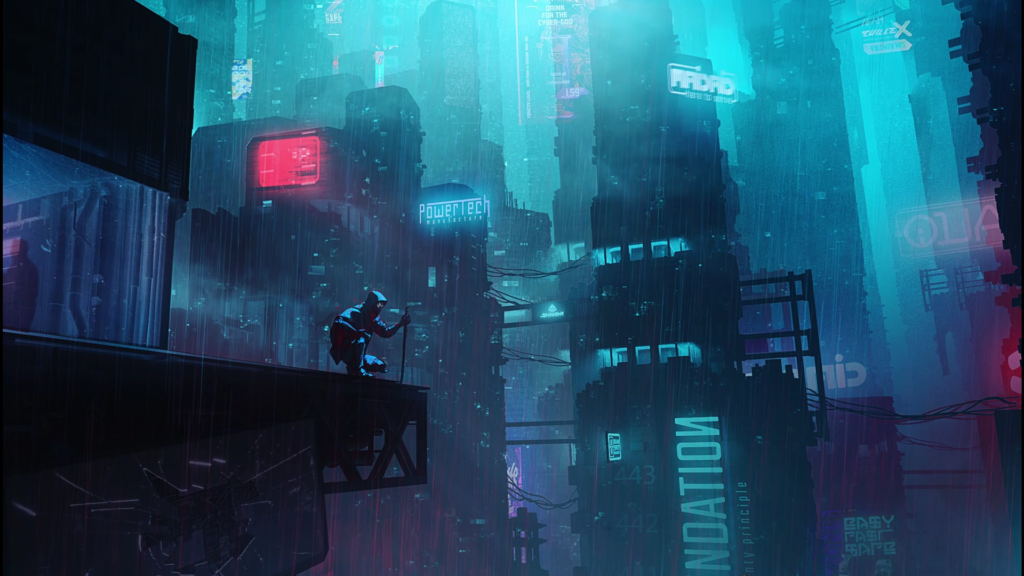
The game takes place one year after the events of the first one. If you don’t remember the story — and I don’t blame you, it was forgettable — the sequel comes with a short recap scene that recaps the entire first game in just under two minutes.
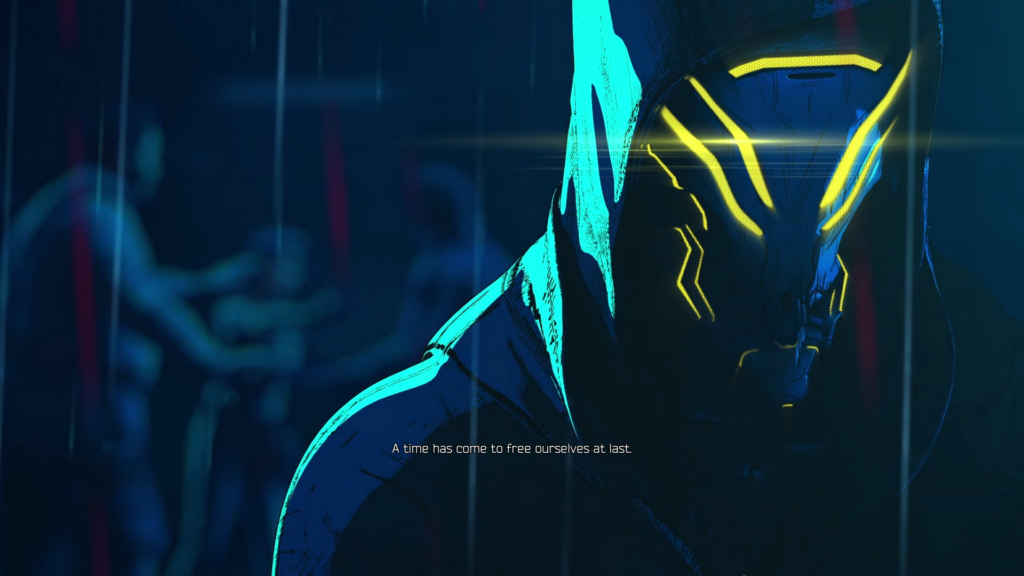
Jack is now officially part of the Climbers and helps save their asses again – this time from a group of evil Ghostrunners who want to accomplish… something, by destroying Dharma tower. Yeah, the story is not very memorable.
Unlike the first game, where your only interaction with other characters was via calls, Ghostrunner 2 introduces a hub area — the home base of the Climbers, where you can talk with various characters, buy upgrades and play the roguelite mode.
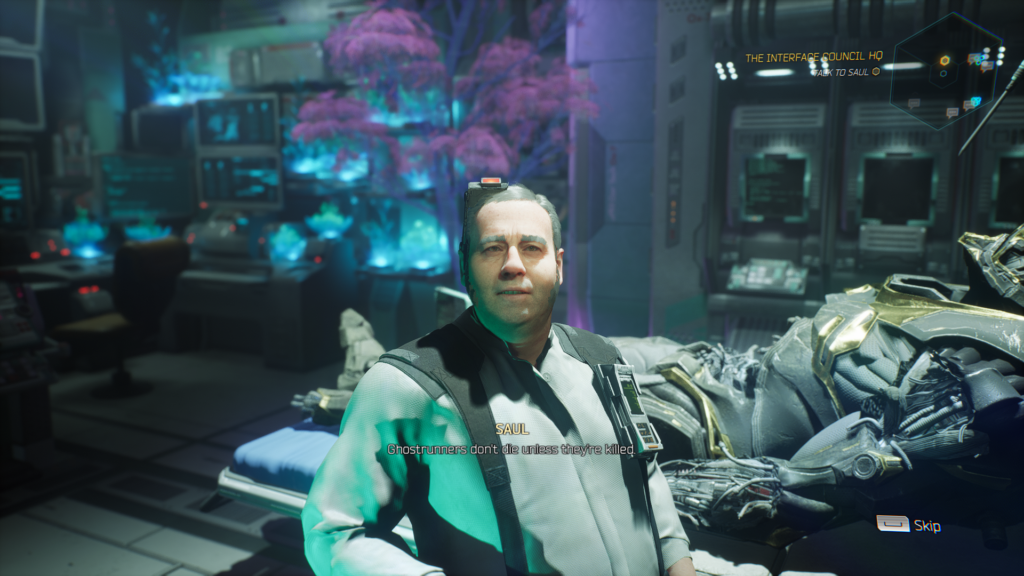
They’ve tried to flesh out the characters more than in the first game, but I’m not sure how much it worked – I finished the game a few days ago and can hardly recall most of the character names by now other than Zoey and Connor. The story is simply not very interesting, it’s just there for the sake of it. It doesn’t help that the ending was obvious sequel bait, but at least we’ll probably be seeing more from the Ghostrunner universe soon. But who cares about the story, right? Let’s look at the gameplay.
The core gameplay is the same – kill enemies before they kill you. You die in one hit, but so do they (except bosses). It’ll take trial and error figuring out a way to kill everyone, but the game is usually generous with checkpoints, so you can quickly get back into the action after dying.
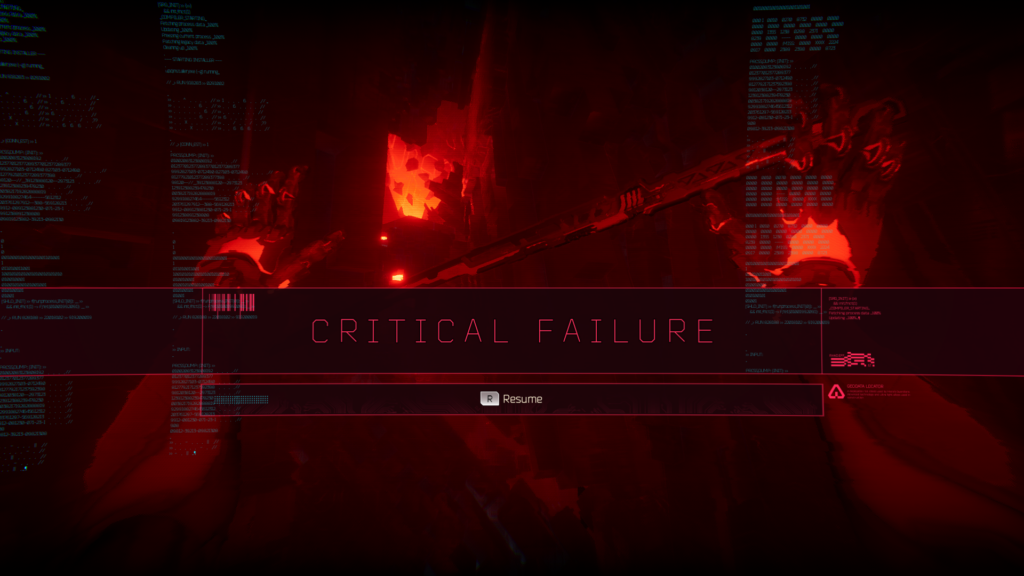
Gone is the Tetris style skill system from the first game – now you must collect memory shards to upgrade your motherboard and unlock new slots for upgrade ships. Each column can only have upgrades from a specific category — so for example you cannot mix movement and shuriken upgrades — they need to be in separate columns. There is an upgrade later in the game that lets you mix upgrades, making this whole system obsolete. I’m not sure which system I prefer, but it’s interesting to see them try different things.
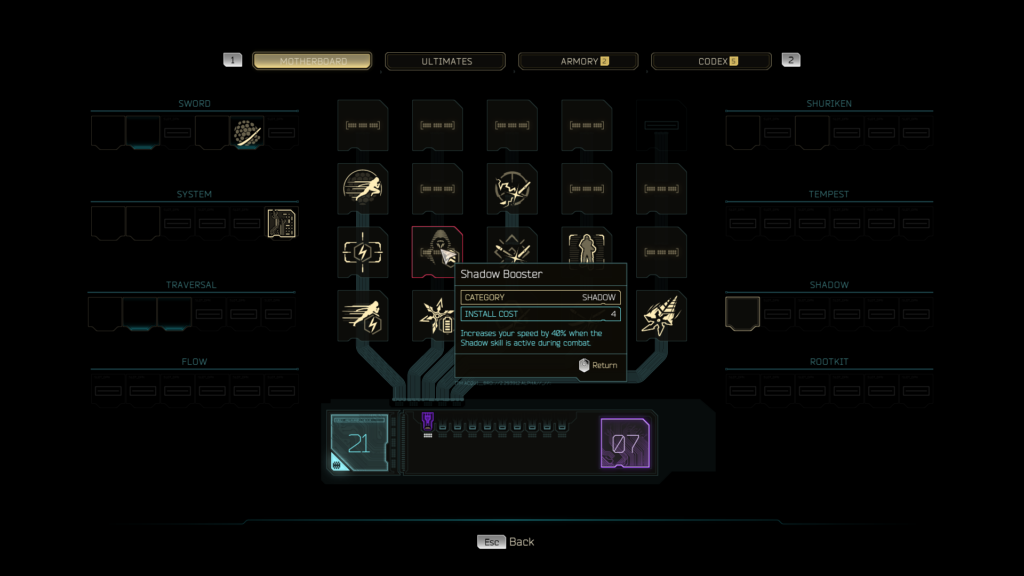
Levels wise, at first it continues the Ghostrunner tradition of linear levels with collectibles hidden within. The levels are fun to navigate, with both parkour and combat sections. There are also cybervoid sections, which have improved over the first game — with new mechanics and better visuals for the various platforms. I didn’t have problems finding where to go next, unlike in the first game.
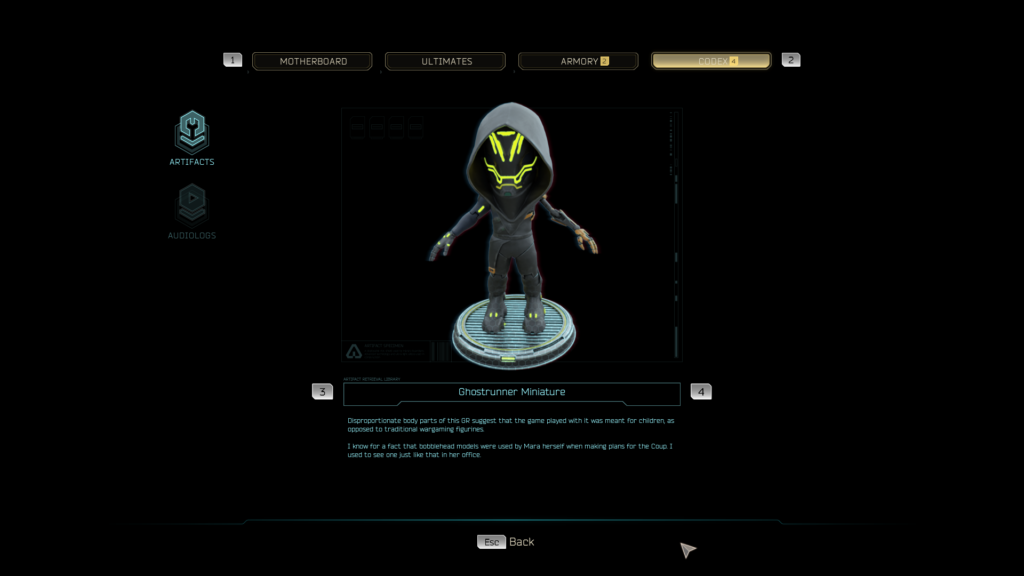
About halfway through the game, however, you get a bike and drive out of the tower into the post-apocalyptic world outside. These levels are larger in scale — meant to be navigated by motorcycle. It wasn’t a completely open world — more like linear levels stretched to be longer, with combat zones further apart. In one of the levels, you have 3 different areas you need to reach. It did feel a bit annoying to try and figure out where the correct path was, as it was not always super obvious and the janky bike physics didn’t help. The greater scale felt more like filler, as areas outside of the marked ones didn’t really have anything interesting (other than broken collisions, at times).
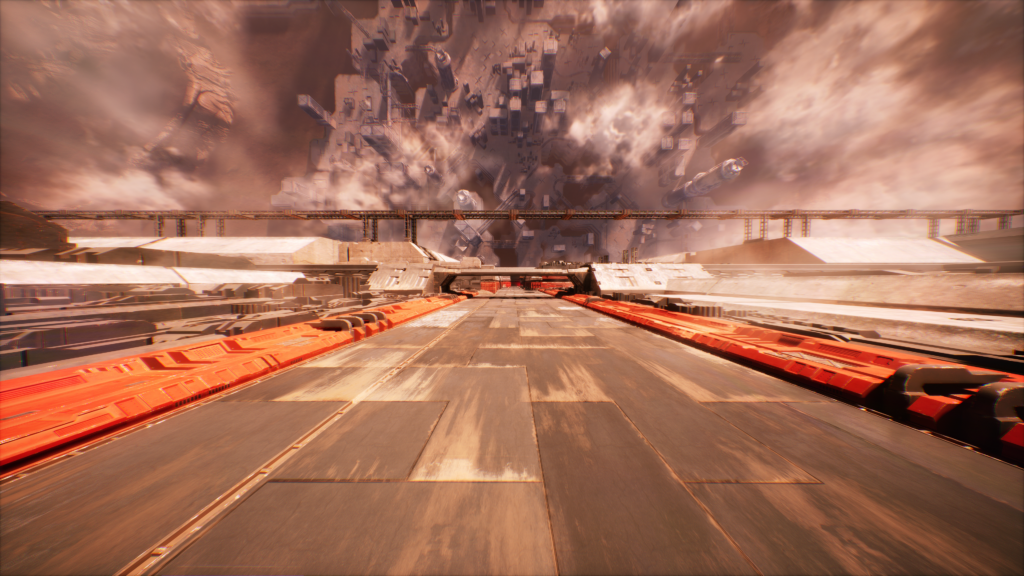
This section also introduced one of my most hated enemies — the unicycle thingy. They love to hide behind corners just to zoom into you the moment you walk past them. Speaking of enemies, a lot of them are returning from the first Ghostrunner (except the exploding ones, thankfully), but there are also new ones, like the unicycle I just mentioned or a spider who waits on the ceiling for you to walk under it to kill you. There weren’t any enemies that required parrying, you could just as well dodge and avoid them. The bosses also felt more lenient than in the first game – there was only one boss that felt like a parry tutorial, and even then, the game slowed down time right before he was about to hit you. There are more bosses than in the first game and they’re an improvement across the board. Shockingly, I liked the cybervoid areas during boss fights, they’ve added new obstacles to the parkouring sections, which are fun to avoid.
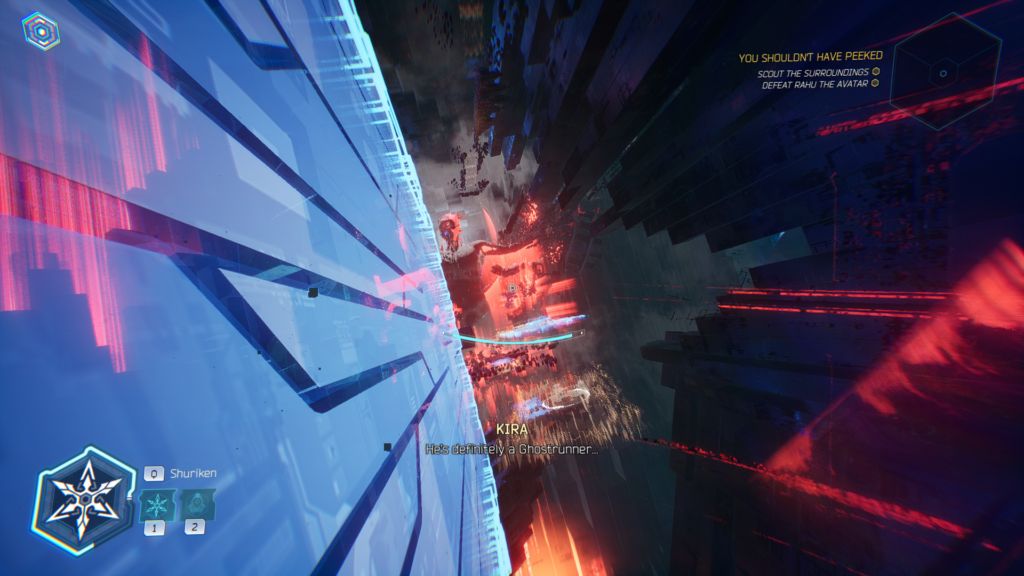
As I mentioned previously, there’s also a roguelite mode called ROGUERUNNER.EXE, where you must get through different nodes to get to the end of a stage. You have limited lives (respawns) and upgrades from the main game don’t carry over. There are different kinds of nodes – mainly parkour, arena, and shop. At the end of each node, you can usually either pick an upgrade or get more lives. The levels take place inside a cybervoid simulation. Each stage has its own visual style and levels, with a total of 4. The levels sometimes repeat, even in a single run, but usually there’s at least some twist (like platforms moving faster in harder difficulty platform levels). I enjoyed the parkour challenges the most, the arena challenges varied from super easy to a bit tedious. It was pretty easy to stock up on enough lives that dying stopped being a serious danger.
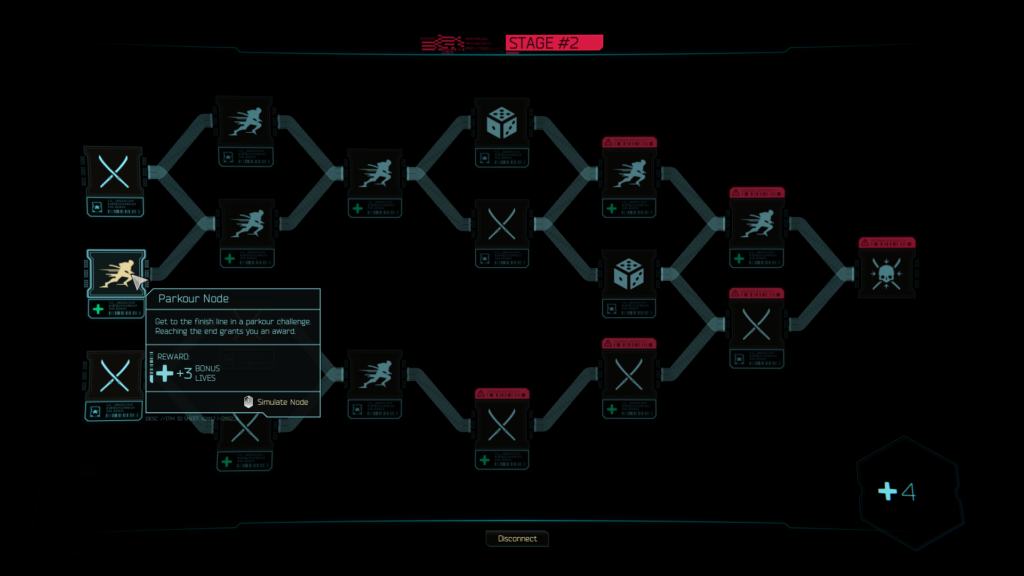
As with the first game, each level sports some great music, this time from We Are Magonia, Gost, Dan Terminus, Arkadiusz Rejkowski and Daniel Deluxe. The songs were a great fit for a fast-paced, cyberpunk action game like this. They’re great to listen to even outside the game.
I was playing on an RTX 3070 and Ryzen 5 5600x at 1080p on Ultra settings in DX11 mode, with ray tracing off (as that was not available in the review build). I liked the cyberpunk art style – the neon lights illuminating the dark areas in Dharma Tower. I felt like the outside world sections were lacking the pop that makes the rest of the game shine.
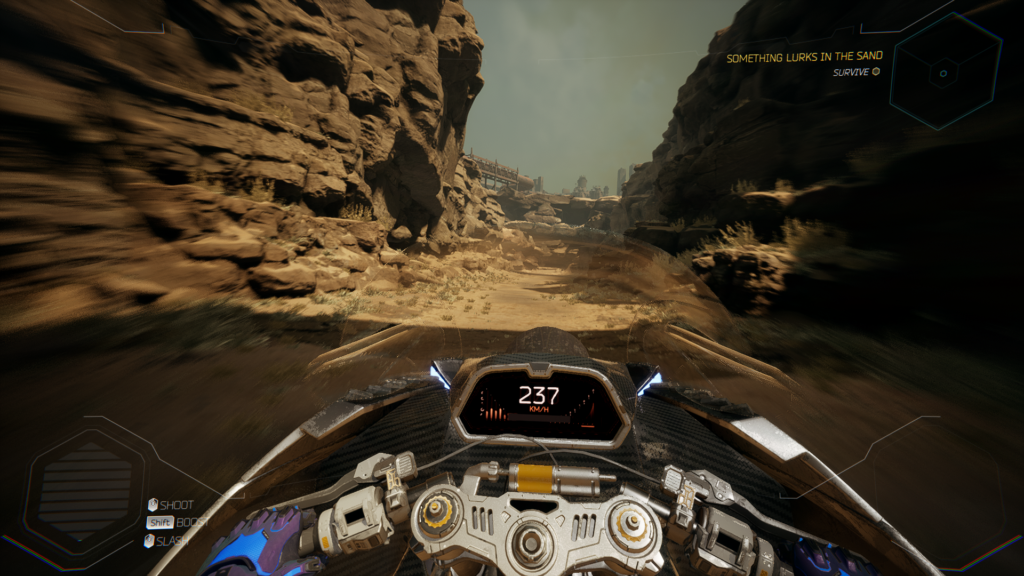
The game usually ran at above 100 FPS, with some specific moments, such as a longer battle where I had to defeat waves of enemies dropping even below 30. The open world sections also dropped below 50 fps when a lot of the open world was visible at once. I also had freezing during the later stages of ROGUERUNNER, which was a bit annoying – I lost quite a few lives to the game freezing right as I was going to attack an enemy. There was a shader compilation screen when starting the game. I don’t think I encountered shader compilation stutter (at least on DX11), so it’s possible the freezing was related to something else.
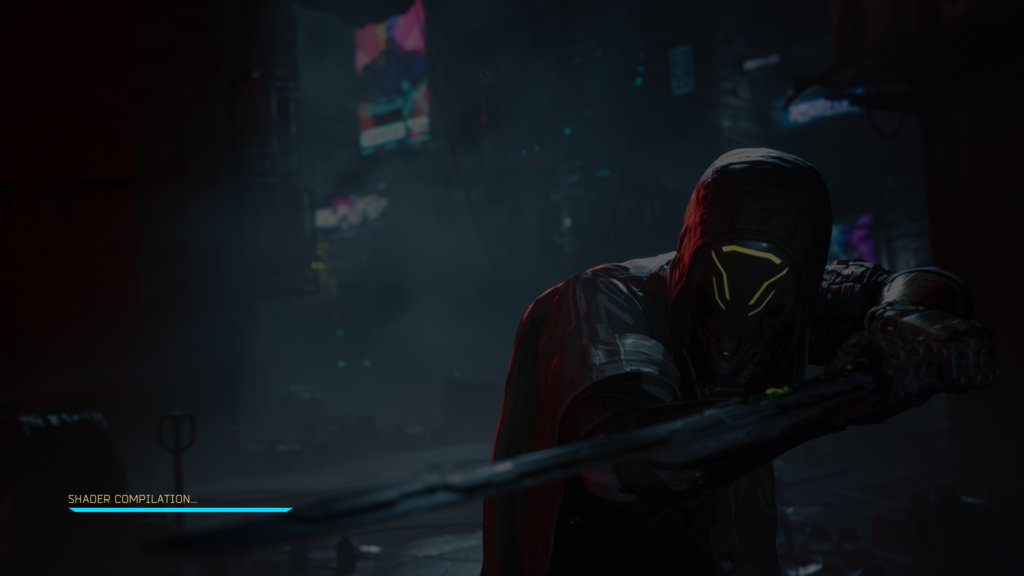
Overall, Ghostrunner 2 is a solid experience and it’s exactly what I hoped for – more Ghostrunner. I strongly recommend it for the fans of the first game. If you didn’t like the gameplay in the first one, then you probably won’t like this one either, as it’s pretty much more of the same. And if you still haven’t tried them out, there’s a demo for both games available on pretty much every major platform.
We were provided a review copy for the PC version ahead of release by 505 Games.
